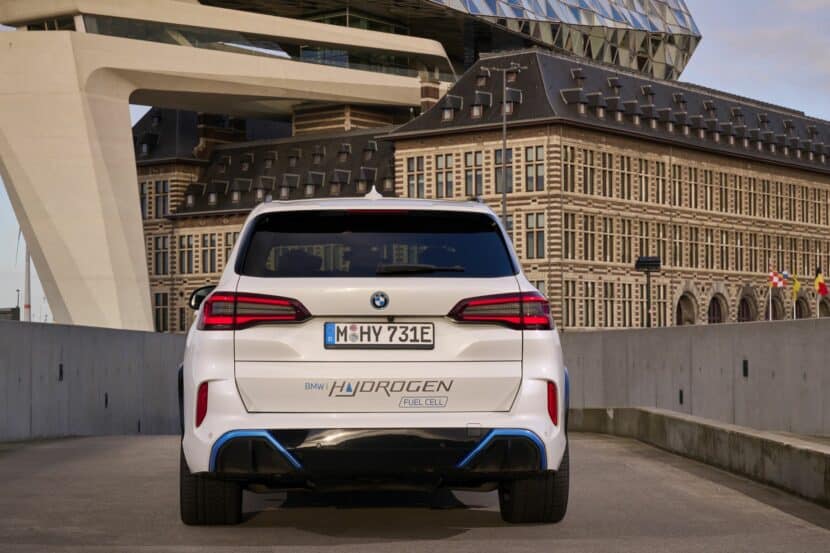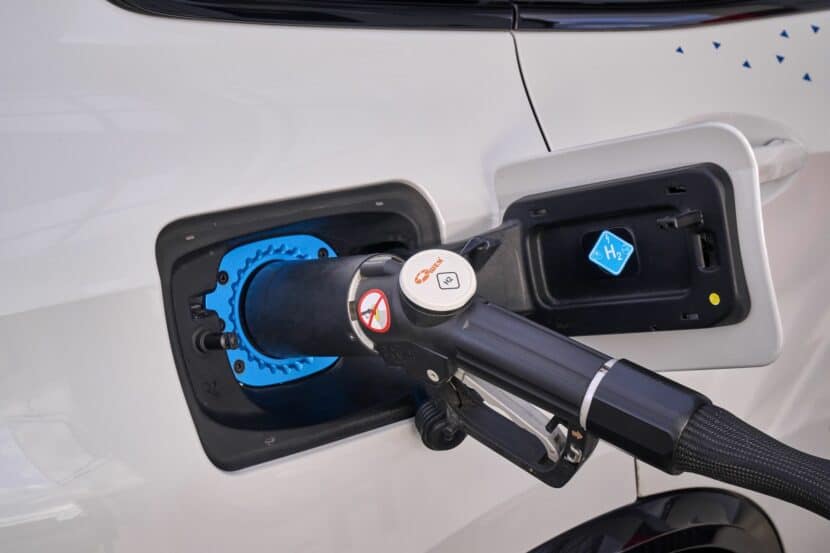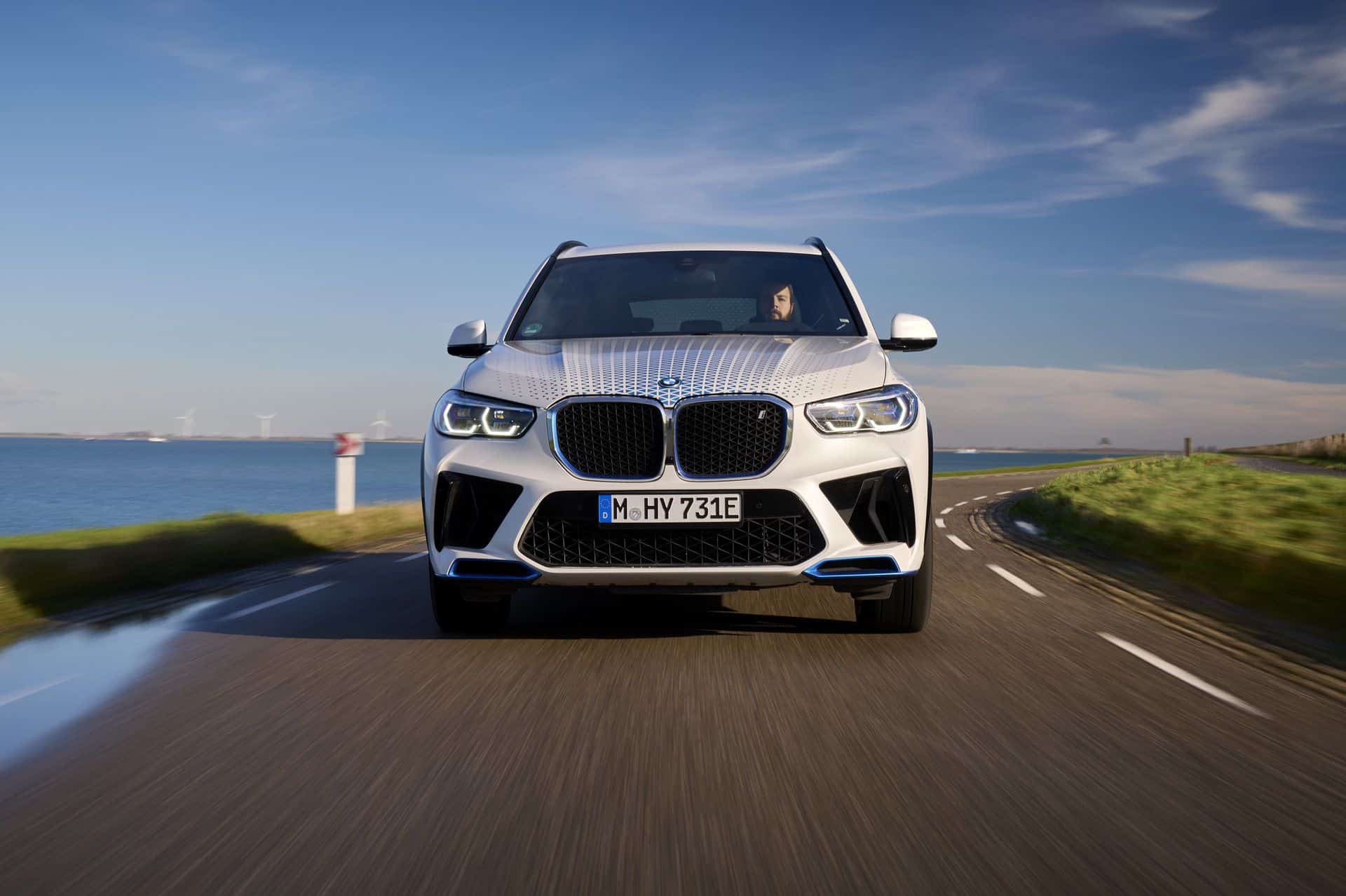BMW has started production of the iX5 Hydrogen but you won’t be able to buy one. Instead, fewer than 100 units are being assembled and handed over to members of the media as well as company stakeholders. BMWBLOG was given the opportunity to get behind the wheel of the zero-emission SUV, which is technically an experimental prototype and therefore cannot be sold to customers.
Based on the pre-facelift X5 with the M Sport Package, the iX5 Hydrogen looks virtually the same inside and out, save for the blue accents and a mesh kidney grille. It utilizes a Gen5 electric motor sending power to the rear wheels, but rather than sourcing its energy from a battery pack, it draws the necessary juice from a pair of hydrogen tanks.

Made from carbon fiber and capable of storing six kilograms of compressed hydrogen, the tanks are positioned in a “T” shape. One resides in the transmission tunnel and the other below the rear seats to optimize packaging as the cargo capacity and rear legroom are unchanged. With the tanks full, the vehicle will cover around 500 kilometers (311 miles) based on the WLTP cycle. Naturally, the iX5 Hydrogen is still an EV at the end of the day, so the driving experience is similar to that provided by the iX.
Horatiu drove the silent SUV in Antwerp, Belgium following his first encounter with the iX5 Hydrogen last year at the BMW Testing Center in Arjeplog, Sweden. Since his original experience, the engineers have made progress with the vehicle’s development as combined power has gone up by around 31 hp to 401 hp. It’ll now do 0 to 62 mph (100 km/h) in less than six seconds, which is more than decent for such a large and heavy SUV.

Compared to the earlier prototype, this one has gained a Sport driving mode to unlock more power at the detriment of efficiency as with a combustion-engined X5. It also stiffens up the suspension to make the driving experience a bit more engaging. Of course, the iX5 wasn’t developed with performance as the top priority since the idea behind the project was to explore an alternative to battery-powered EVs. For electric performance, the i4 M50, iX M60, or the upcoming i7 M70 are the ones to go for.
One of the main advantages over a BEV is the significantly shorter refueling time, similar to a gasoline or diesel car, so anywhere between three to five minutes. Volker Formanski, one of the engineers responsible for the fuel cell technology, told us that unlike in an electric vehicle equipped with batteries, a fuel cell vehicle’s range isn’t negatively impacted on cold winter days when heating up the cabin.
Since there’s no conventional gearbox, the shift paddles behind the steering wheel serve a different role. They’ve been repurposed to modify the intensity of the brake energy recuperation system, recharging the battery with the energy that would otherwise be wasted. Consequently, the iX5 Hydrogen offers one-pedal driving akin to regular EVs.
BMW has committed to bringing a fuel cell production vehicle to the market before 2030. This iX5 Hydrogen isn’t it, but it’s a window into a diverse drivetrain lineup with combustion engines, plug-in hybrids, and battery EVs.





































































